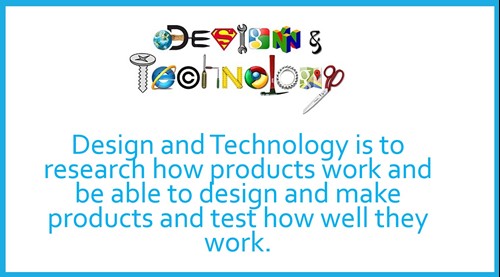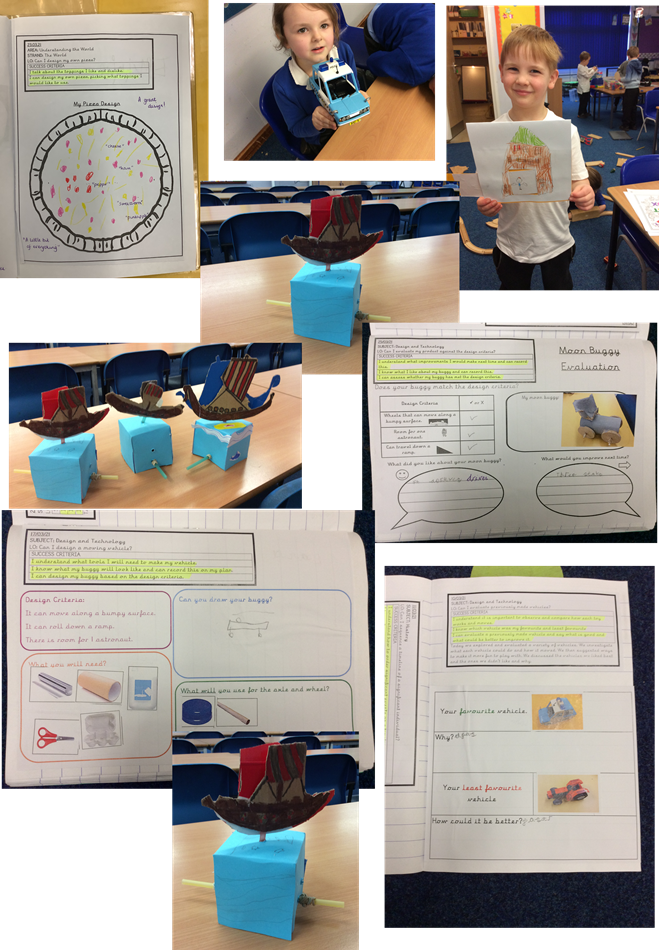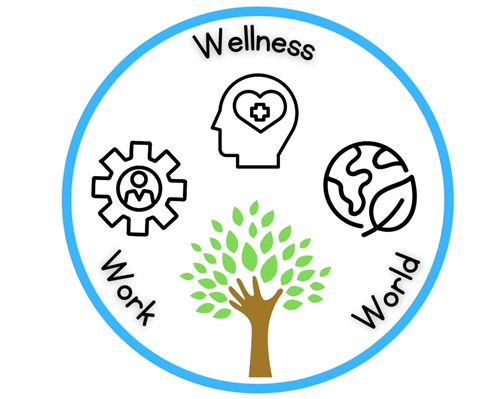Design and Technology
Curriculum Leader - Mrs. Watson and Miss. Baylis
Subject Leader - Mrs. Kumar
Link Governor - Mrs. Clayton

At Holmer Lake Primary School, we aim for Design and Technology to be an inspiring and practical subject, requiring creativity, resourcefulness, and imagination. Design and Technology encourages children to learn to think and intervene creatively to solve problems both as individuals and as members of a team. Pupils design and make innovative products that solve real and relevant problems within a variety of contexts. It is cross - curricular and draws upon subject knowledge and skills from Mathematics, Science, History, Computing and Art. Children learn to think as designers by following the Design and Technology process outlined in the National Curriculum 2014 document across a two-year cycle.
The Design and Technology curriculum offer contains a set of key substantive concepts or “golden threads” that children repeatedly revisit throughout their Design and Technology lessons from EYFS to Year 6. By revisiting these key substantive concepts over time allows the children to build a bigger and better understanding of these concepts with increasing complexity. The curriculum design of a two-year cycle, provides children with meaningful examples and repeated encounters in different context, allowing progress to be made as they build their knowledge of design and deepen their learning.
The curriculum end points identify vocabulary that is specific to the learning for that design project question. Each time a golden thread is revisited within a sequence of learning pupils build on and deepen their understanding of vocabulary that they have encountered before.
We aim for children to be able to reflect upon the impact of Design and Technology on everyday life and the wider world by evaluating past and present technology as part of their design process. Food technology is implemented across the school with children developing an understanding of where food comes from, the importance of a varied and healthy diet and how to prepare this. We aim to inspire in pupils, a curiosity and fascination about the world and the way in which technology works that will remain with them for the rest of their lives.



The aims of teaching Design and Technology are to develop pupils who:
- Show progressive knowledge and skills through a DT project.
- Understand and follow the design process of research, design, make and evaluate.
- Understand the importance of making on-going changes and improvements during making stages.
- Research key events and individual designers in the History of Technology in KS2.
- Use technical vocabulary to talk about the products they have designed.
- Discuss the skills they have acquired in their learning.
- Know the importance of a broad and balanced diet.
- Have been be offered the full requirements of the National Curriculum for Design and Technology.

Click here to see the Design and Technology Curriculum Overview
Reading
Opportunities are planned for children to read independently age-appropriate non-fiction texts that link to the Design and Technology project being studied.
In Design and Technology lessons, pupils are given the opportunity to read material from primary and secondary sources to support their designing and evaluating process, using their comprehension skills to retrieve, infer and explain the meaning. They are introduced to instructions and recipe books when completing food and nutrition projects to support their design and making process.
Writing
Written outcomes in Design and Technology encourages children to express their thoughts about existing products, their own designs, and designs of others. It allows them to have the opportunity to evaluate themselves and use technical knowledge to share their understanding.
Early Years Foundation Stage
The ‘Golden Threads’ are established in Reception with children getting the opportunity to explore a range of technology. They are given the opportunity to ‘design and develop’ capturing their ideas through discussion and choices. Children will use a variety of tools and materials to make models and be shown the importance of safety.
Many design and technology experiences in the EYFS take place during child-initiated learning. Structured, exploratory play occurs daily and through this, children become involved in the technological process. They have the opportunity to work collaboratively and individually, responding to open ended questions posed by adults.
 EYFS Long Term Planning and progression towards KS1.
EYFS Long Term Planning and progression towards KS1.


Inclusion
At Holmer Lake Primary School we actively seek to remove the barriers to learning and participation that can hinder or exclude individual or groups of pupils. All children benefit from quality first teaching in the classroom where teachers set high expectations, cater for the needs of individuals, and provide opportunities for all pupils to achieve and progress. Teachers are aware that pupils bring different experiences, interests, and strengths to school which influence the way they learn. Teachers plan and adapt their approaches to teaching and learning so that all pupils can take part in lessons fully and effectively. For example, in Design and Technology, a pupil may require modified tools with larger handles or hand grips to support their design making processes.
SMSC and British Values
We aim to develop Spiritual, Moral, Social and Cultural values through the Design and Technology curriculum as follows:
- Spirituality – supporting spiritual development by celebrating personal creativity, reviewing, and evaluating end products.
- Morally – raising questions about the effect of technological change on human life and the world around them.
- Socially – exploring dilemmas that individuals may face and developing practical solutions to these problems.
- Culturally – developing an understanding of cultural difference in design.
British Values are actively promoted and embedded into the Design and Technology curriculum. Children explore issues such as tolerance and the rule of law and relate them to the projects that they are studying. This can be through understanding that many great design ideas originate from other cultures. They are shown the importance of safety rules when using tools and understand and accept that if these rules are not followed that there are consequences to this.
Curriculum Drivers
The Design and Technology curriculum provides opportunities for children to develop their understanding of how the present World they live, is impacted by the inventions and inventors of the past. It allows children to understand the changes in our world and the opportunities for upcycling and reusing resources when possible. Learning about significant designers of the past and their achievements, provides children with a base on which to develop their own Work aspirations and sense of opportunity in their futures. The importance of food and nutrition allows children to understand the importance of their health, Wellness and being. From an early age it also allows children to see that changes happen and that it is not failure it is having the confidence to improve and challenge themselves.


